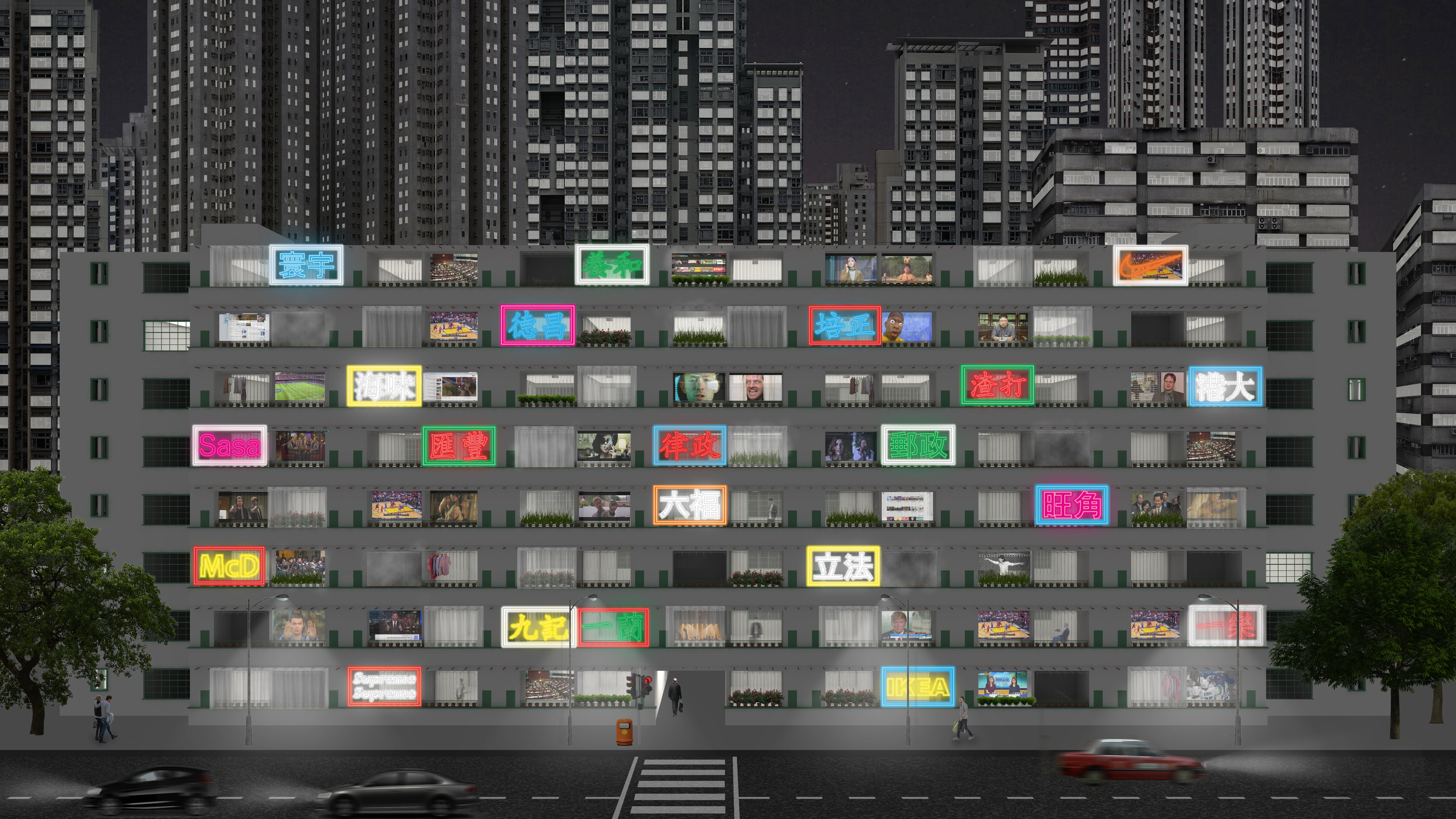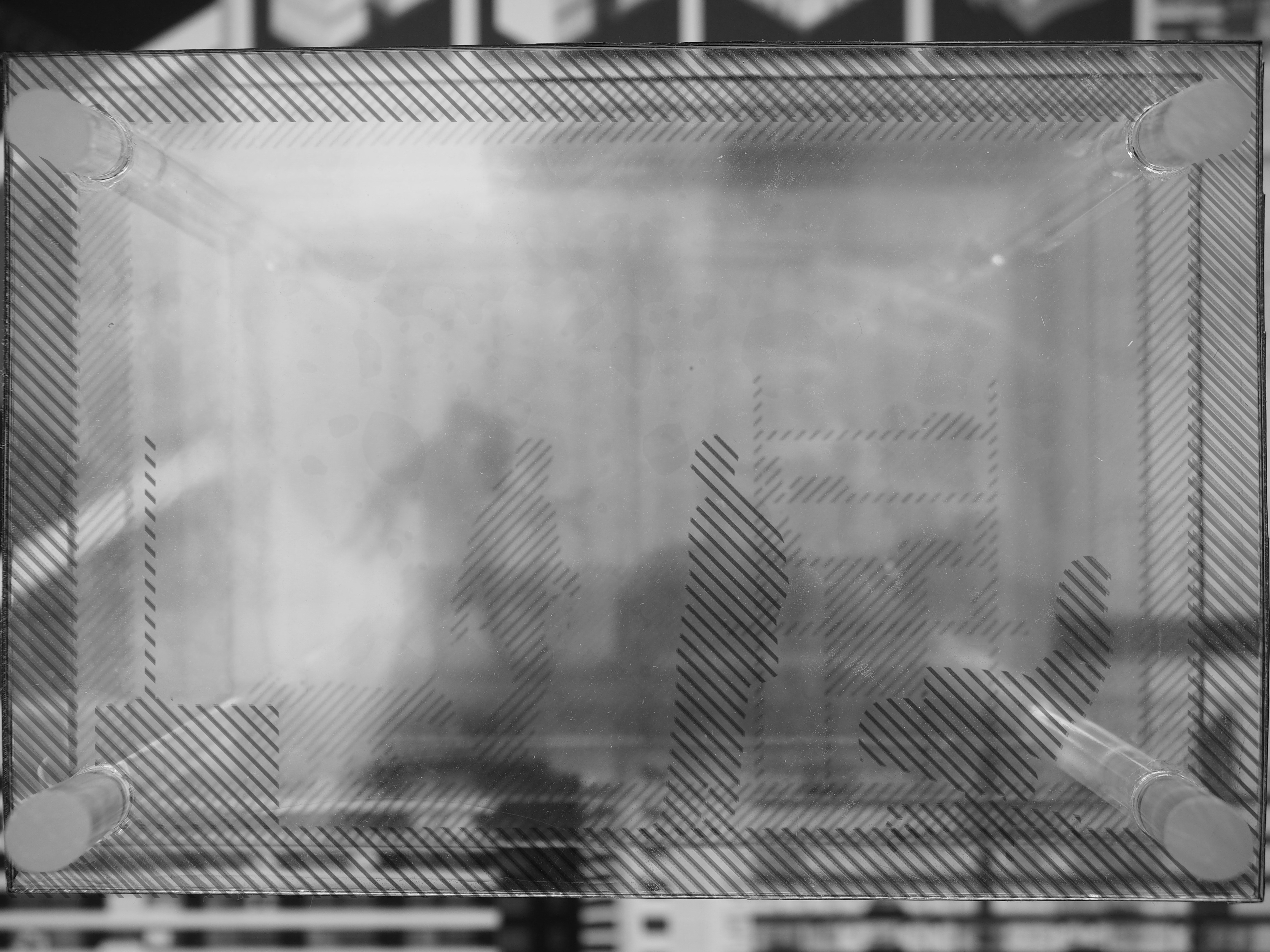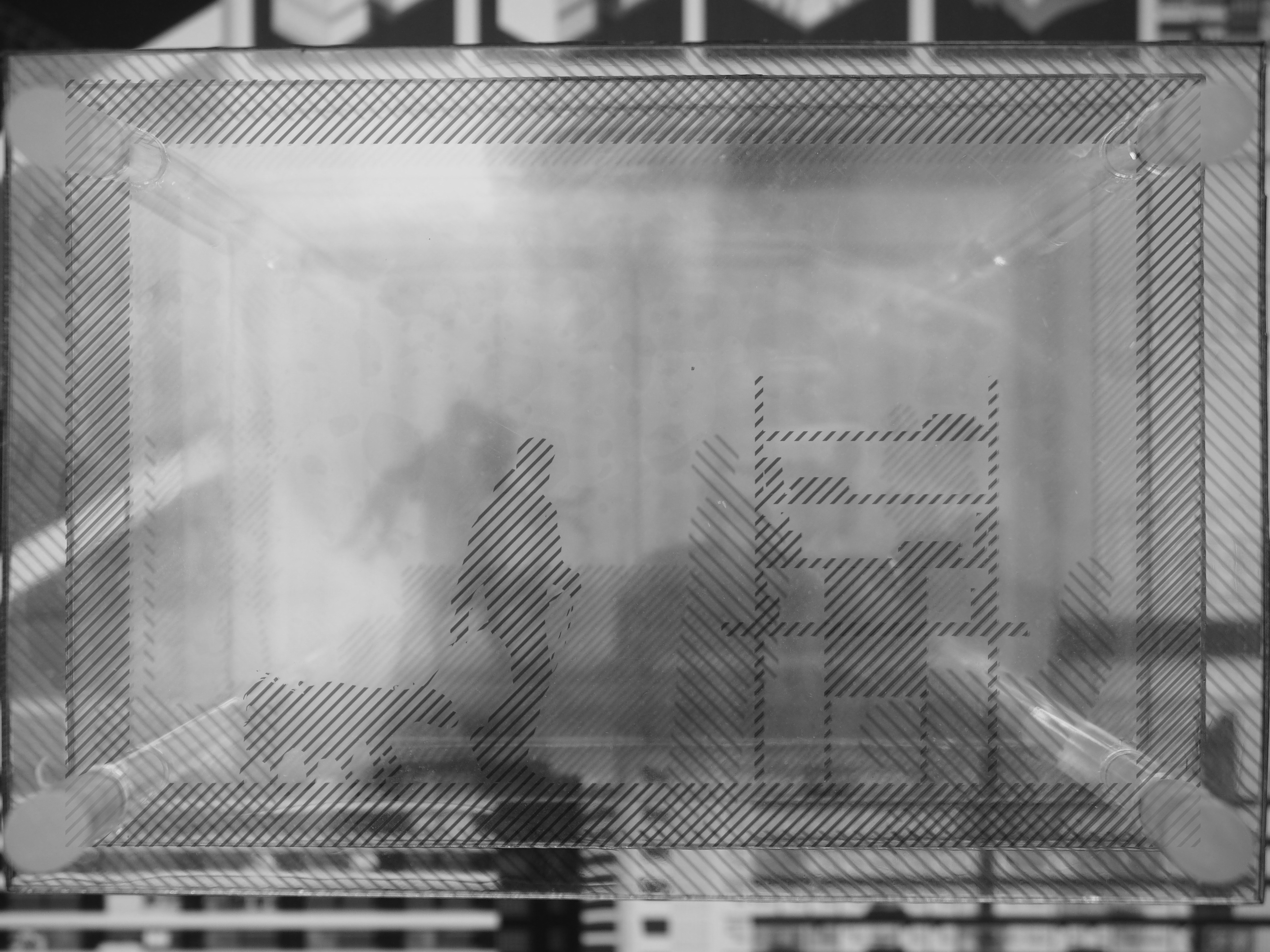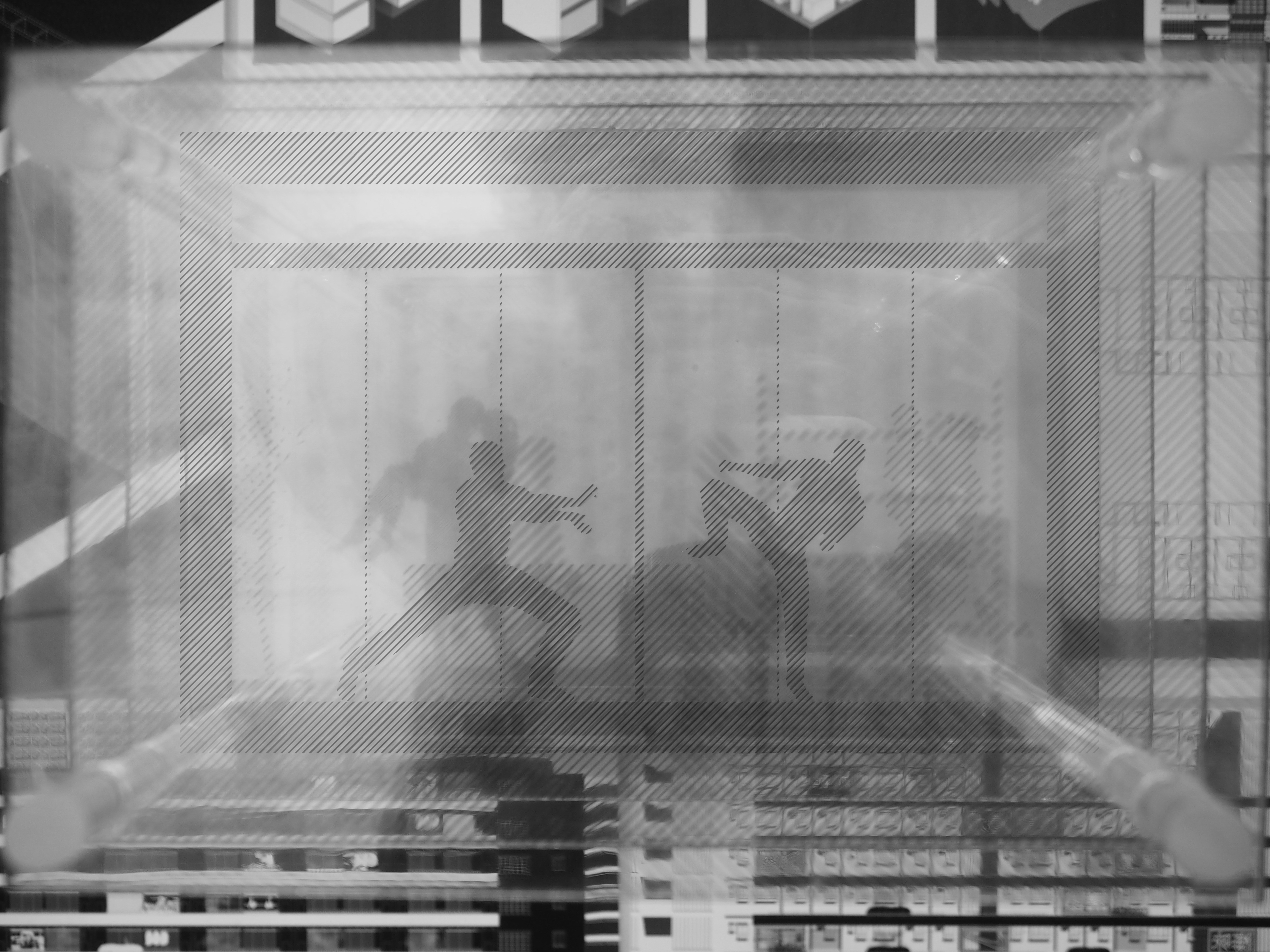Architecture of Ephemerality
August 2017 - May 2018
Central, Hong Kong
Central, Hong Kong








Architecture’s ubiquitous relationship with the idea of permanence is an outdated concept that needs to be readjusted and reconfigured given the disposal culture that we currently live in. Things that we as humans interact and communicate with on a daily basis such as technology, fashion, and social media are highly expendable: where something of immense value and significance on one day can mean absolutely nothing to us the day after. The term ephemeral in architecture is no longer about physically moving and plugging-in programs such as the neo-futuristic proposals in the 1960’s by the Metabolists or Archigram, but should be a term that describes the relationship between a program and its facade, as it now has the capacity to fluctuate rapidly given the current state of technology, in order for occupants to project truths or lies depending on their needs and desires.




Diagram 1 | "Ephemerality"
The most ephemeral component of architecture has always been thought of as its program, imagined as physical components that is customizable depending on its users given the promises of technological advancements. However, projects with this mindset were never able to perform like the proposals, because programs, as ephemeral as they are thought of, takes days if not weeks or even months to maneuver. Given this misconception, perhaps the most ephemeral component of architecture lies between the relationship between the program and its facade.
Diagram 2 | "Hong Kong"
Hong Kong is chosen as a site to investigate this condition. In Delirious New York, Rem Koolhaas suggested that Manhattan should be understood as the “20th Century’s Rosetta Stone”, as “each rectangle [in plan] represents a different pleasure-generating unit; entire system of mass irrationality structured by the island’s grid.” If Manhattan is delirious for its vertical stacking of programmatic possibilities in unstable buildings within a highly regularized grid, perhaps Hong Kong is delirious for its horizontal layering of programmatic possibilities in regularized buildings within a highly unstable grid.


Diagram 3 | "PMQ 3.0"
The current site of PMQ is chosen as a testing ground for this thesis. This project proposes the building to return to being an alternative housing option for millennial bachelors from the current creative hub for local artists. The modification is primarily targeted on the balcony area, proposing it as a buffer between reality and perception, an area for users to demonstrate the truths and lies of what is happening within the programs, and a way to bring the diminishing identity of Hong Kong architecture back amidst the city’s cultural identity crisis as a result of the recent politics and economics conditions.


Shallow Sections


Midpoint Sections


Deep Sections




“Deception” Model




